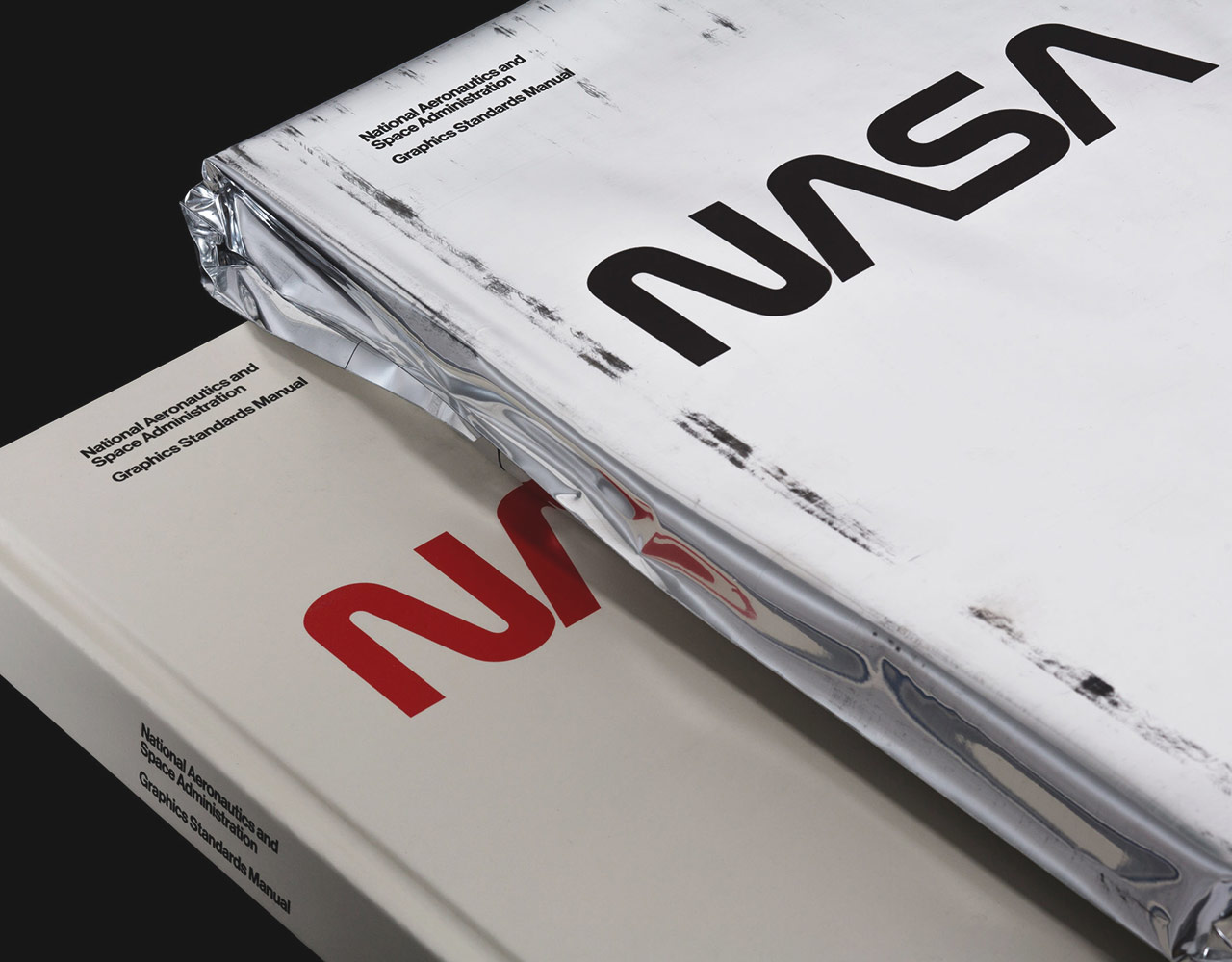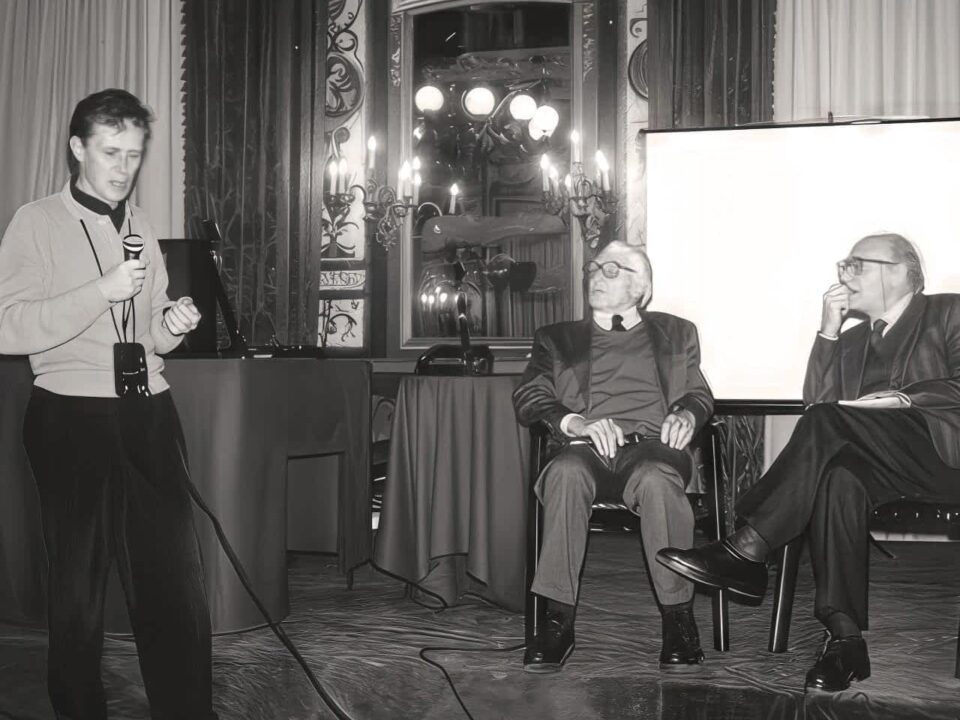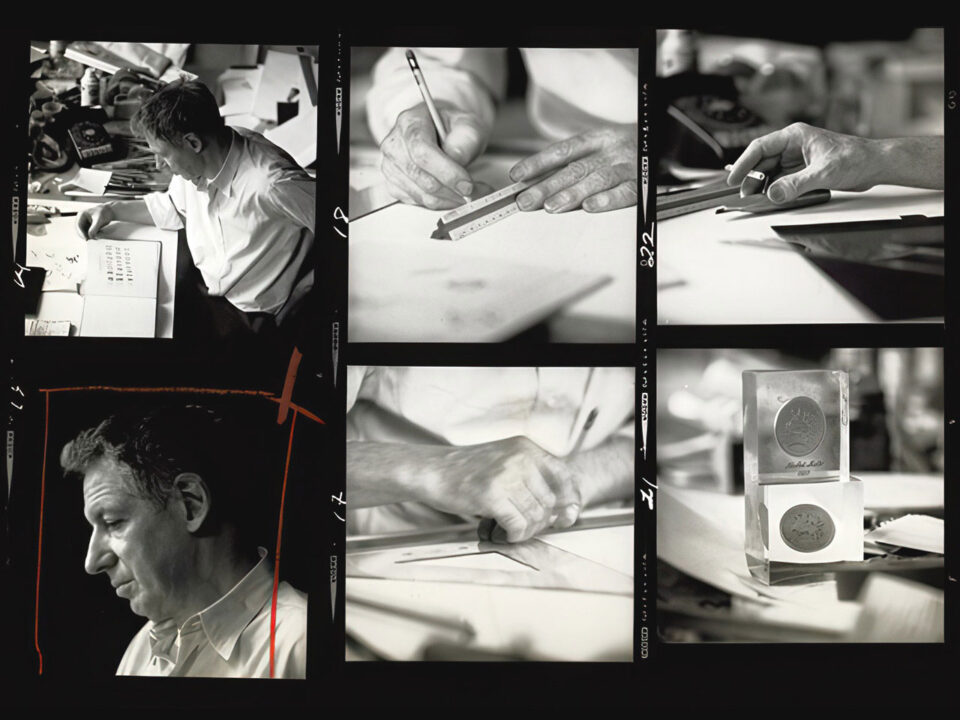Ever wondered what standards were for NASA graphics in the 1970s?
In 1958, the United States Congress established the National Aeronautics and Space Administration (NASA), and a young President John F. Kennedy set an ambitious goal—to land a man on the moon and return him safely to Earth by 1970. After the successes of Project Mercury and Apollo missions 1 through 10, that goal was finally achieved in 1969 when Neil Armstrong took his famous first steps on the lunar surface, declaring: "That's one small step for man, one giant leap for mankind."
Despite the monumental achievement of the Apollo moon landings, by the early 1970s, NASA struggled to maintain the excitement and momentum of its earlier missions. The Apollo program ended in 1972, and with it, some of the magic of NASA's image seemed to fade. Around this time, President Richard Nixon called on government agencies to improve their design and communication standards. This push led to the National Endowment for the Arts (NEA) launching the "Federal Graphics Improvement Program." NASA, a key player in America’s space success story, became one of the program’s first targets for a design overhaul.
In 1974, a small design firm in New York—Danne & Blackburn—received the opportunity to reshape NASA’s image. Partners Richard Danne and Bruce Blackburn were chosen to create a new visual identity for the space agency. Their work was detailed in the NASA Graphics Standards Manual, a comprehensive guide outlining how every visual element of the NASA brand should be handled, from letterheads to spacecraft designs.
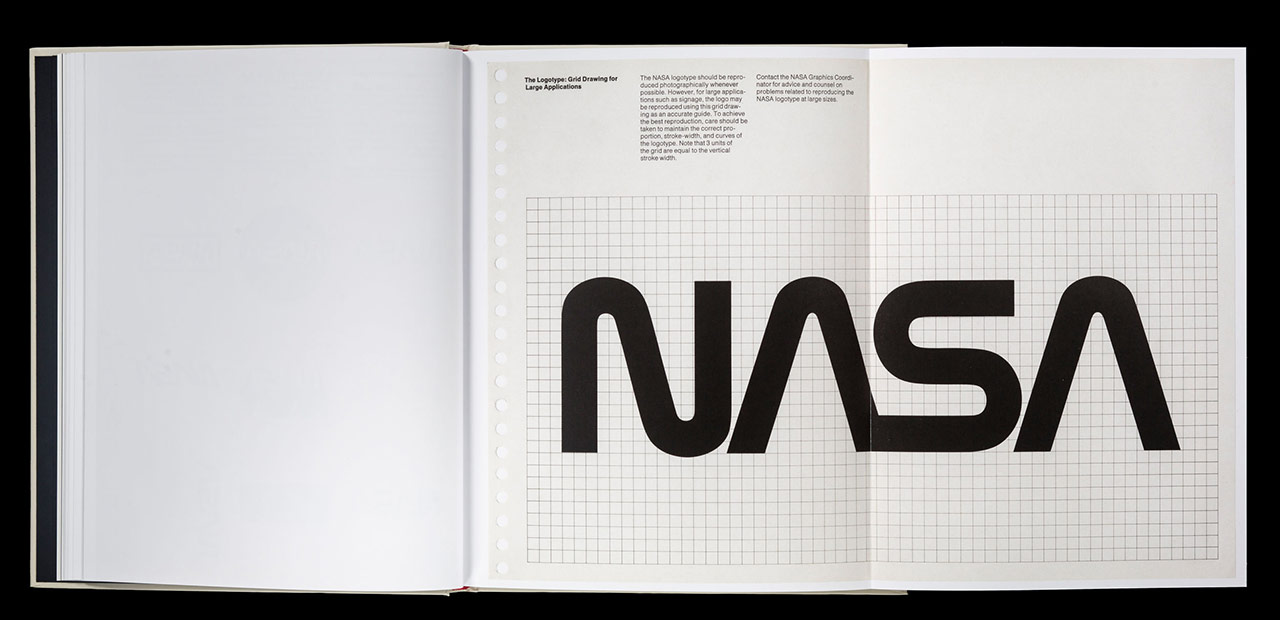
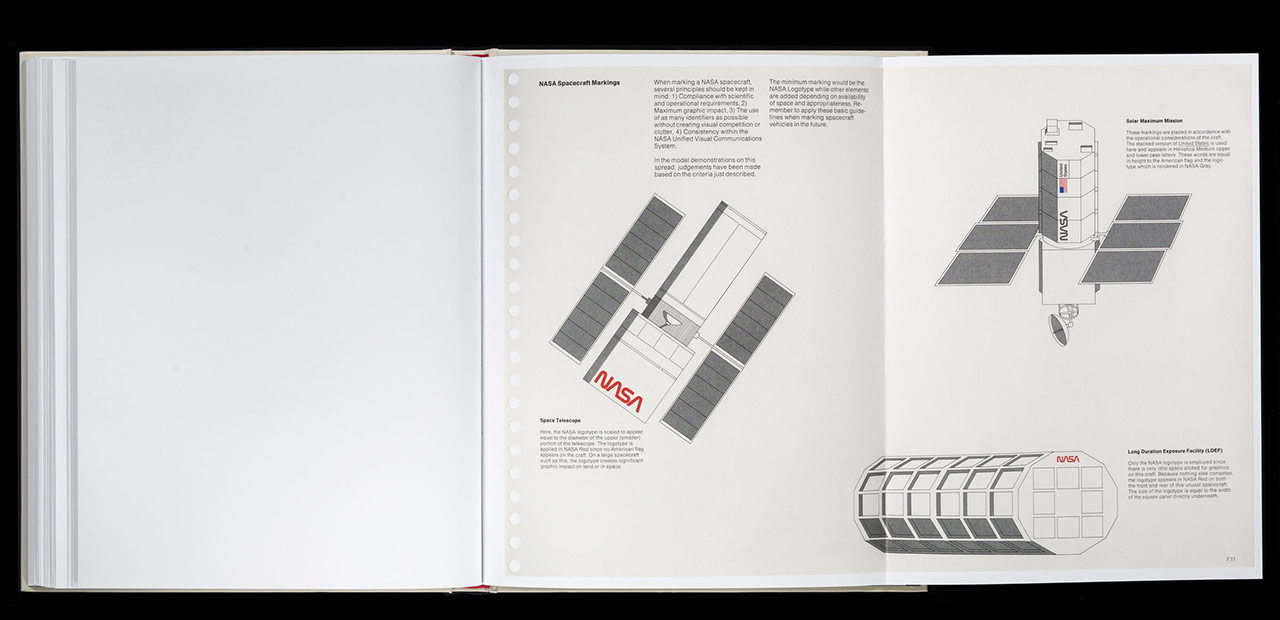
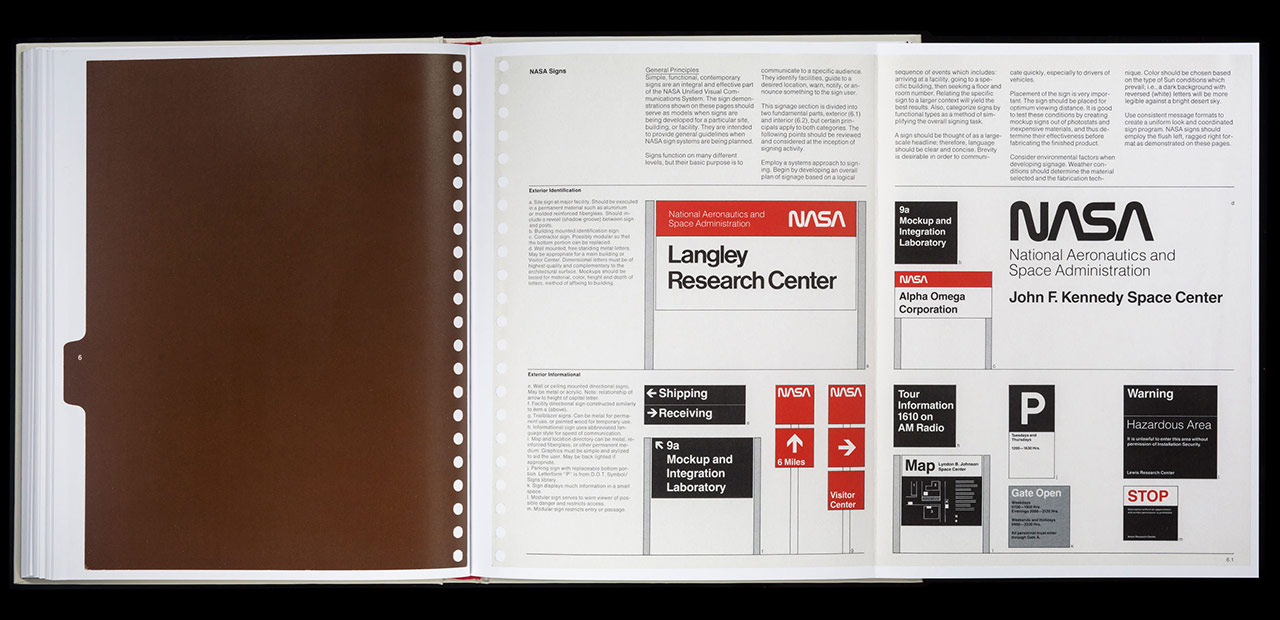
The cornerstone of this new identity was a sleek, modern logo that became known as the "Worm" for its flowing, interconnected letterforms. The Worm logo was designed to give NASA a unified and futuristic look that matched its role as a leader in space exploration. Although the identity program was met with some resistance during its initial rollout, it ultimately became a defining visual element for NASA in the years that followed.
However, after nearly two decades, in 1992, NASA retired the Worm logo in favor of its original "Meatball" insignia, a more traditional emblem featuring a blue circle, white stars, and a red chevron. The Meatball symbolized a return to the agency’s early days.
Fast forward to 2016, Jesse Reed and Hamish Smyth—designers and Pentagram Associate Partners—reached out to Richard Danne with a proposal to reissue the NASA Graphics Standards Manual as a hardcover book. Following their successful reissue of the 1970 NYCTA Graphics Standards Manual, they saw the potential to bring the NASA manual to a new audience. Danne agreed, and the manual was reissued, featuring a foreword by Danne, an essay by Christopher Bonanos, and scans of the original materials, including NASA’s 35mm slide presentation and the 'Managers Guide' booklet.
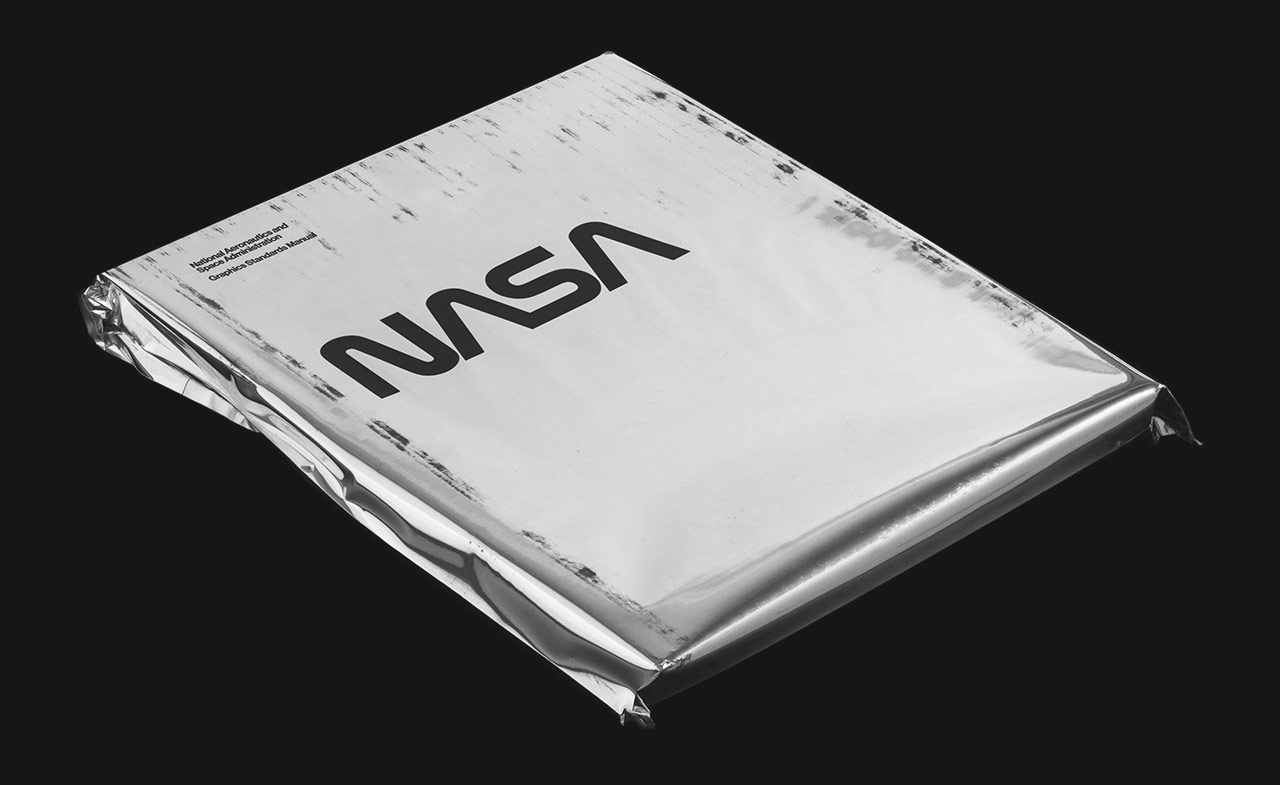
National Aeronautics and Space Administration Graphics Standards Manual: Designed by Richard Danne and Bruce Blackburn, Danne & Blackburn, 1975
The NASA Graphics Standards Manual remains a testament to the power of design in shaping how an organization presents itself to the world. Danne & Blackburn’s futuristic vision helped NASA not only speak with a consistent voice but also visually represent its place at the cutting edge of science and exploration.
Copyright
- 1975 National Aeronautics and Space Administration Graphics Standards Manual © National Aeronautics and Space Administration.
- 1975 National Aeronautics and Space Administration Graphics Standards Manual Reissue. Published by Standards Manual, LLC. 2015.
- NASA seal, NASA insignia, and NASA logotype © National Aeronautics and Space Administration.
- While NASA is the source of the Manual, the publication and distribution of the NASA Graphics Standards Manual is not sponsored or endorsed by NASA and is an independent project undertaken in an effort to preserve and disseminate an archival record of graphic design from the era.
- All images of the 1975 NASA Graphics Standards Manual, 1974 presentation to NASA, and The Manager’s Guide to NASA Graphics Standards contained in this edition have been scanned from the private archive of Richard Danne.
ISBN: 978-0-692-58653-2
Book photography: Brian Kelley
Grab your copy here: NASA Graphics Standards Manual
